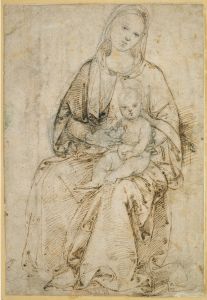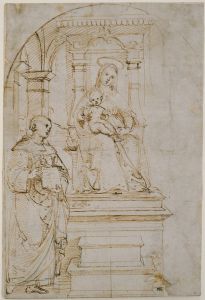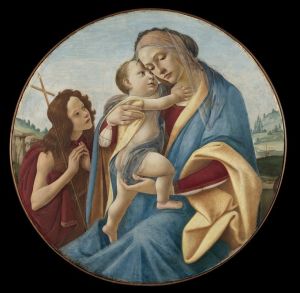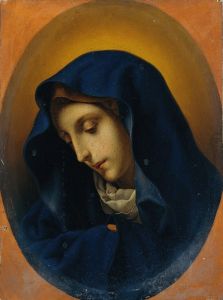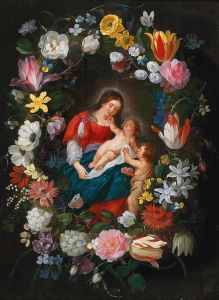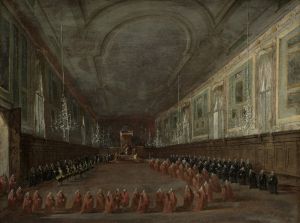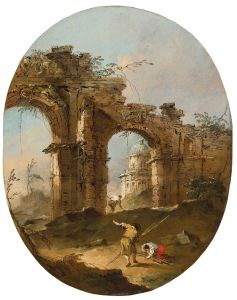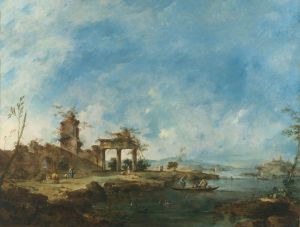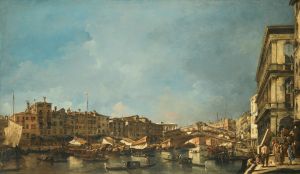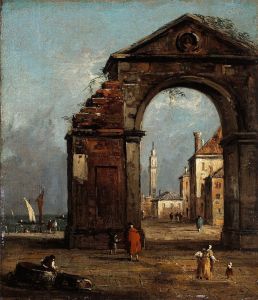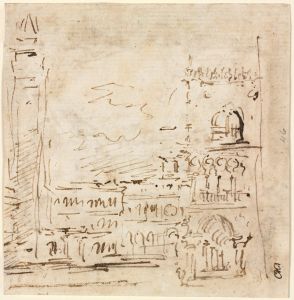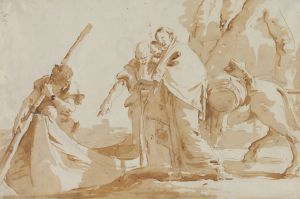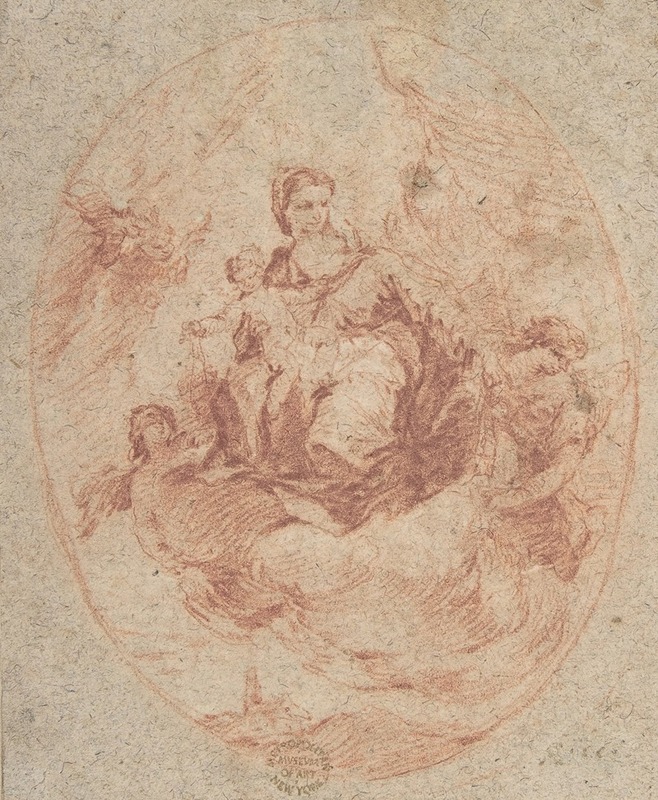
The Virgin and Child Holding Scapulars
A hand-painted replica of Francesco Guardi’s masterpiece The Virgin and Child Holding Scapulars, meticulously crafted by professional artists to capture the true essence of the original. Each piece is created with museum-quality canvas and rare mineral pigments, carefully painted by experienced artists with delicate brushstrokes and rich, layered colors to perfectly recreate the texture of the original artwork. Unlike machine-printed reproductions, this hand-painted version brings the painting to life, infused with the artist’s emotions and skill in every stroke. Whether for personal collection or home decoration, it instantly elevates the artistic atmosphere of any space.
"The Virgin and Child Holding Scapulars" is a painting by the Italian artist Francesco Guardi, who is best known for his vedute, or detailed and accurate cityscapes, of Venice. Guardi was born in Venice in 1712 and was a prominent figure in the Venetian school of painting during the 18th century. His works are characterized by their lively brushwork and atmospheric effects.
This particular painting, "The Virgin and Child Holding Scapulars," is a religious work that depicts the Virgin Mary holding the Christ Child, both of whom are presenting scapulars. A scapular is a devotional garment associated with various Catholic religious orders, symbolizing the wearer's commitment to a life of piety and devotion. The depiction of the Virgin and Child with scapulars is a common theme in Christian art, often intended to convey messages of protection, grace, and intercession.
In the painting, the Virgin Mary is typically shown in a serene and maternal pose, holding the infant Jesus. The Christ Child is often depicted with a gentle expression, reaching out to offer the scapulars to the faithful. The use of scapulars in the painting highlights the importance of Marian devotion and the role of the Virgin Mary as a mediator between the divine and humanity.
Francesco Guardi's style in this painting would likely reflect his characteristic use of light and color, creating a sense of depth and atmosphere. His brushwork, known for its fluidity and expressiveness, would contribute to the overall emotional impact of the scene. While Guardi is more renowned for his landscapes and cityscapes, his religious works also demonstrate his ability to convey spiritual themes with sensitivity and reverence.
The painting's composition and iconography would be consistent with the traditions of Venetian religious art, which often emphasized the beauty and grace of the Virgin Mary. The use of scapulars in the painting connects it to the broader context of Catholic devotional practices, underscoring the significance of the Virgin Mary in the spiritual lives of the faithful.
As with many of Guardi's works, "The Virgin and Child Holding Scapulars" would have been created during a period of significant artistic and cultural activity in Venice. The 18th century was a time of great artistic innovation in the city, with artists like Guardi contributing to the rich tapestry of Venetian art.
Overall, "The Virgin and Child Holding Scapulars" by Francesco Guardi is a testament to the artist's skill in capturing religious themes with both technical proficiency and emotional depth. The painting serves as a reflection of the enduring importance of Marian devotion in Catholic art and the broader cultural context of 18th-century Venice.





